Nonlinear signature of Drosophila in Strokelitude
on Monday, March 14th, 2016 1:48 | by Christian Rohrsen
This is now the results from trying to predict the fly behavior doing ensembles of two predictions for the next 200 data points at two different points of the traces.
c105;;c232>TNT:
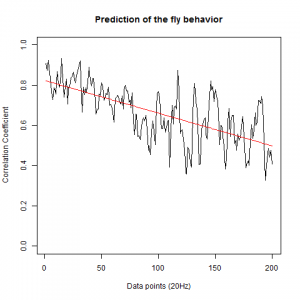
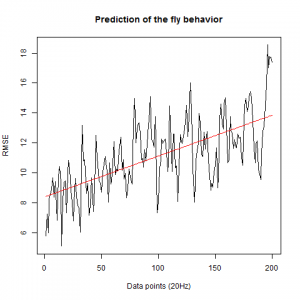
WTBxTNT: 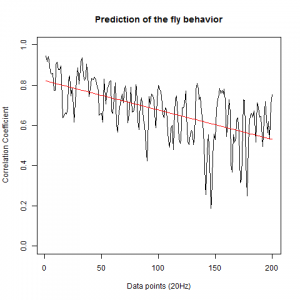
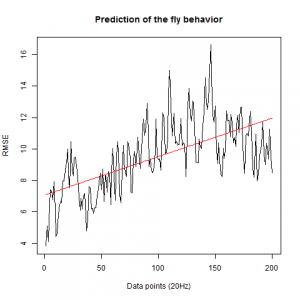
WTBxc105;;c232: 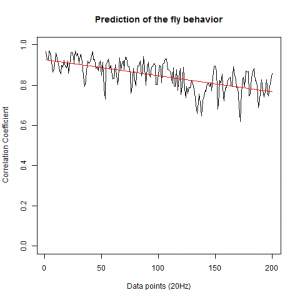
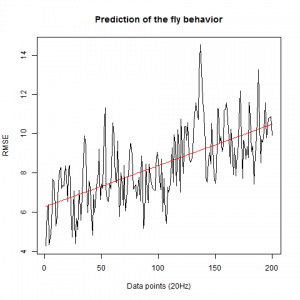
From what we see here, there is no “flattening” in the prediction of the fly when the neurons under c105 and c232 are targeted by TNT. This is done with around 14/15 flies for each group with two predictions in each ensemble of the two starting points. That makes a total of 15flies x 3 groups x 2 starting points for prediction x 2 predictions per ensemble = 180 prediction traces. Now I´m trying to calculate it by making correlations of bins in the prediction-observed for the same fly
Category: R code, Spontaneous Behavior, strokelitude, WingStroke

Leave a Reply